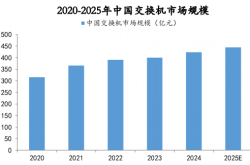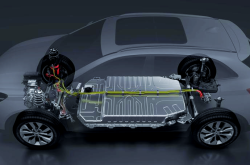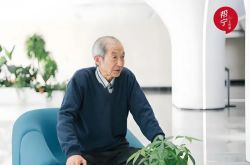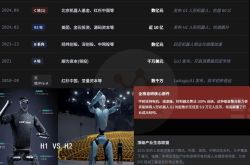Xiaomi Auto: Is It Steering into the Luxury Car Lane with Top-Notch Designers?
![]() 09/08 2025
09/08 2025
![]() 684
684
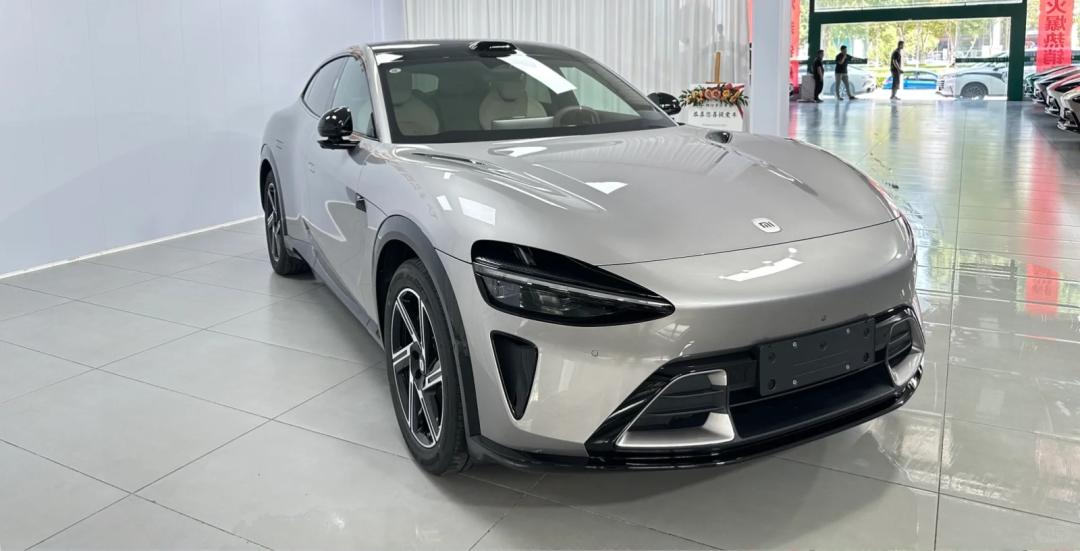
Produced by | Huabo Business Review
In the intense and long-drawn-out race of new energy vehicles, Lei Jun is pushing the 'high-risk, high-reward' strategy to its limits. His latest strategic move is to onboard Fabian Schmölz, the ex-chief exterior designer of Lamborghini. Schmölz, who has contributed his design expertise to the Lamborghini Temerario, Porsche 718 Boxster, and Mission E, will now spearhead Xiaomi's European exterior design endeavors.
In a matter of months, Xiaomi Auto has successfully roped in Kai Langer, the former design chief of BMW's i series, Rudolf Dittrich, a seasoned professional with 23 years at BMW, and Ricard Aiguabella Macau, who played a pivotal role in the aerodynamic development of the Tesla Model Y. The swift expansion of its talent pool, particularly with the establishment of a European R&D center, has endowed Xiaomi with greater clout in crafting high-end models and fine-tuning performance.
01
Xiaomi Auto: From Copycat to Innovator
The automotive industry is a harmonious blend of technology and artistry. The inclusion of designers hailing from BMW, Porsche, and Lamborghini indicates that Xiaomi Auto is transitioning from merely being a 'symbol of cost-efficiency' to embracing 'luxury, performance, and aesthetics'.
Indeed, from the SU7 to the YU7, Xiaomi's two flagship models already bear the unmistakable influence of luxury cars. The SU7's elongated front, low and streamlined body proportions, and sloping rear adorned with a full-width tail light mirror the sporty demeanor of the Porsche Taycan. The newly unveiled YU7, on the other hand, seamlessly integrates coupe-like lines and proportions into the robust frame of an SUV, echoing the overall presence of the Porsche Cayenne Coupé. For consumers, this 'familiar' design language swiftly bridges the psychological divide between Xiaomi and luxury brands.
This approach is far from accidental. For a fledgling automaker, drawing inspiration from the visual aesthetics of international luxury cars can rapidly establish brand recognition. However, with the addition of ace designers like Fabian Schmölz, Xiaomi is poised to gradually break free from the shackles of imitation, evolving from 'mimicking Porsche' to 'embodying Xiaomi' and forging its own unique aesthetic identity. For the capital market, this signifies not just a cosmetic makeover but an elevation of the brand's premium capabilities.
02
A Financial Turning Point Emerges
At the capital market front, Xiaomi Auto's latest financial report also radiates positive vibes. In the second quarter, Xiaomi Auto delivered 81,300 vehicles, raking in RMB 20.6 billion in revenue with a gross profit margin of 26.4% and a per-vehicle gross profit of approximately RMB 67,000. Operating losses narrowed from RMB 500 million in the first quarter to RMB 300 million, marking a 40% improvement.
Lu Weibing, President of Xiaomi Group, stated that based on the current trajectory, monthly or quarterly profitability is anticipated in the latter half of the year. Despite cumulative investments surpassing RMB 30 billion over the past three-plus years and overall losses yet to be fully recouped, Lei Jun's vision of 'achieving full profitability in the third and fourth quarters of 2025' is steadily inching towards reality.
Market-end data paints an even more compelling picture: In Week 35 of this year, Xiaomi Auto's weekly deliveries soared past the 10,000-unit mark for the first time, with revenue potentially exceeding RMB 3.5 billion, even eclipsing Xiaomi's domestic smartphone revenue at one juncture. For the capital market, this underscores that Xiaomi Auto has emerged as the group's new growth catalyst.
However, Xiaomi is not without its challenges: cumulative losses remain substantial after over RMB 30 billion in investments over the past three-plus years; the luxury segment demands significantly higher standards in product design, performance tuning, and brand storytelling compared to traditional smart cars. While designers can enhance the 'aura of luxury,' translating these concepts into tangible sales volume and profitability for mass-produced vehicles remains a formidable obstacle that Xiaomi must surmount.
Lei Jun once remarked that venturing into car manufacturing is his 'final entrepreneurial odyssey.' Now, with the infusion of top-tier global designers, Xiaomi Auto is undergoing a metamorphosis from 'manufacturing cars' to 'crafting luxury cars.' Both the capital market and consumers are keenly observing whether Lei Jun's high-stakes gamble can indeed catapult Xiaomi onto a novel growth trajectory.

